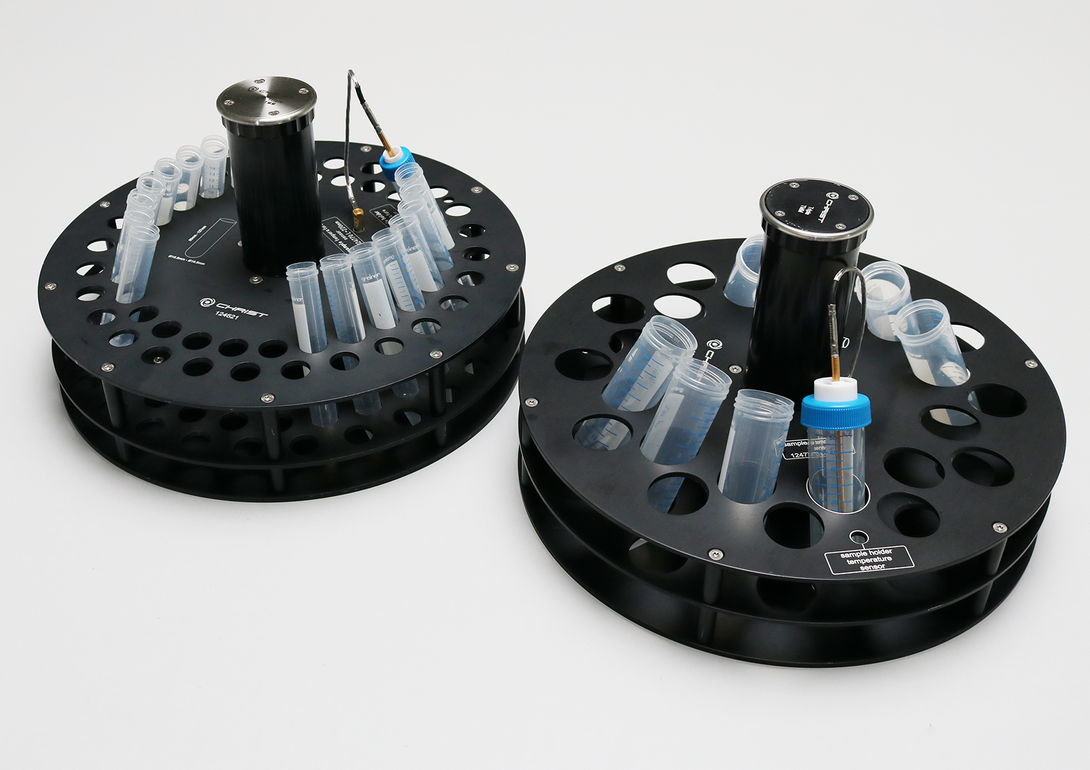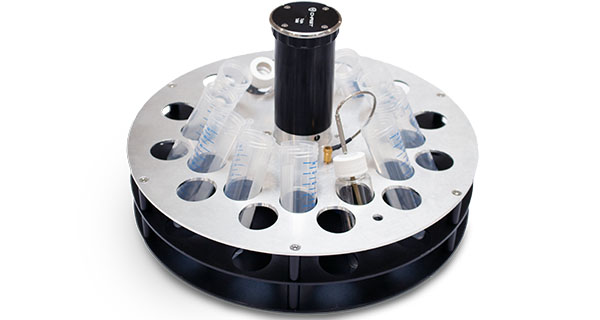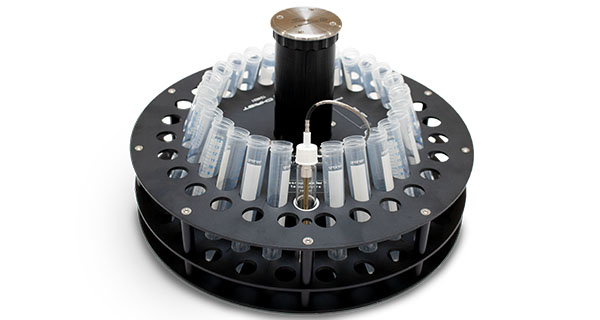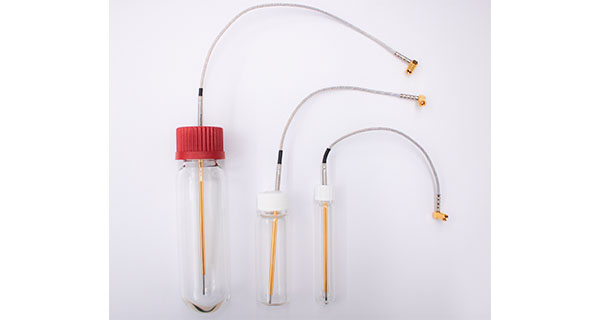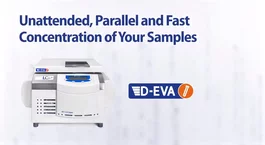D-EVA
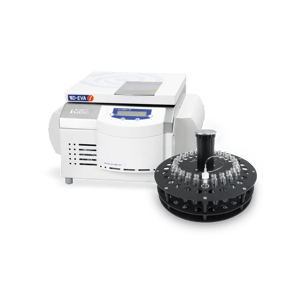
DIOXIN / PCB, PFAS ANALYSIS
D-EVA: Parallel and Fast Evaporation of Your Samples
The vacuum concentrator D-EVA allows unattended, parallel and rapid concentration of several samples with automatic stop at a defined volume between 30 and 150 µL for the dioxin fraction and approx. 300 µL for the PCB fraction.
The quantitative transfer into a GC vial is possible without time-consuming rinsing of the sample vessel.
For the EVAporation of PFAS the rotor can be equipped with the required Falcon Tubes™.
More products:
- Home
- Products
- PCDD/F, PCB and other POPs
- Evaporation: D-EVA
DETAILS AT A GLANCE
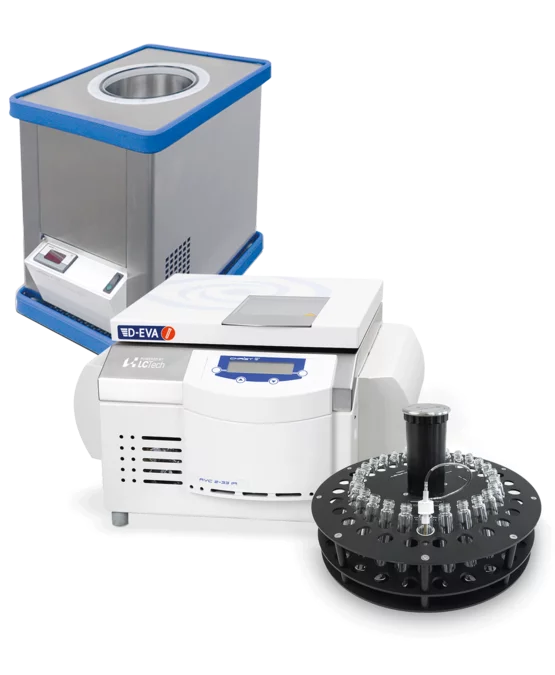
A cryotrap, collecting all evaporated solvents at minus 60°C, thus avoiding vapours in the laboratory - easy disposal.
- Reliably evaporate almost to dryness, to a final volume of 30 to 150 µL for the PCDD/F fraction or 300 to 500 µL for the PCB fraction.
- Technical design reliably prevents boiling distortion, cross-contamination in the headspace and adsorption of analytes on the glass wall.
- Supply of thermal energy via infrared lamps, after switching off the lamps no further heating or evaporation takes place.
Simple self-explanatory operation of the device.
The Brilliant Solution for the Concentration of Samples
When cleaning up PCB and dioxin samples, it is necessary to concentrate the samples to a very low volume for the subsequent analysis. Active evaporation beyond dryness should be urgently avoided to retain the analytes. With the D-EVA vacuum concentrator, LCTech, a specialist in automated sample clean-up, has developed a solution for the fast and parallel concentration of 1 to up to 53 samples.
D-EVA in the laboratory

Sample Concentration
The technology and design of the system ensure that any further active evaporation after the end of the process and cross-contamination are reliably prevented.
The sample is centrifuged at a moderate speed during the concentration process. This creates a centrifugal force that prevents boiling retardation. No cleaning steps are necessary during the process.
Centrifugation of the samples
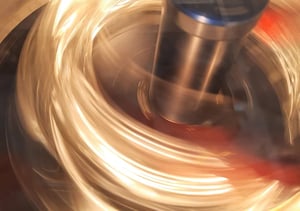
No Solvent Vapours in the Laboratory Thanks to Cryotrap
Alongside easy-to-use software, D-EVA is supplied with a highly efficient cryotrap, which re-condenses and collects the solvent. This means that no vapours occur in the laboratory and the user can dispose of the solvents easily. In addition, D-EVA takes up little space in the laboratory as only one device is needed to process several samples in parallel. Various rotors are available for different containers.
Cryotrap
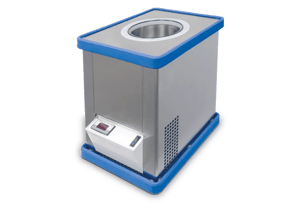
Evaporation of 55 PFAS with
D-EVA
To analyse PFAS, plastic materials are used instead of glass. The standard rotors of the D-EVA allow centrifuge tubes made not only from glass but also from plastic to be used for evaporation. The special sensor of the PFAS version enables the evaporation of up to 23 Falcon tubes.
23 x 40 mL to 500 – 900 µL in under 3 h
or 53 x 10 mL nearly to dryness in 2 h.
